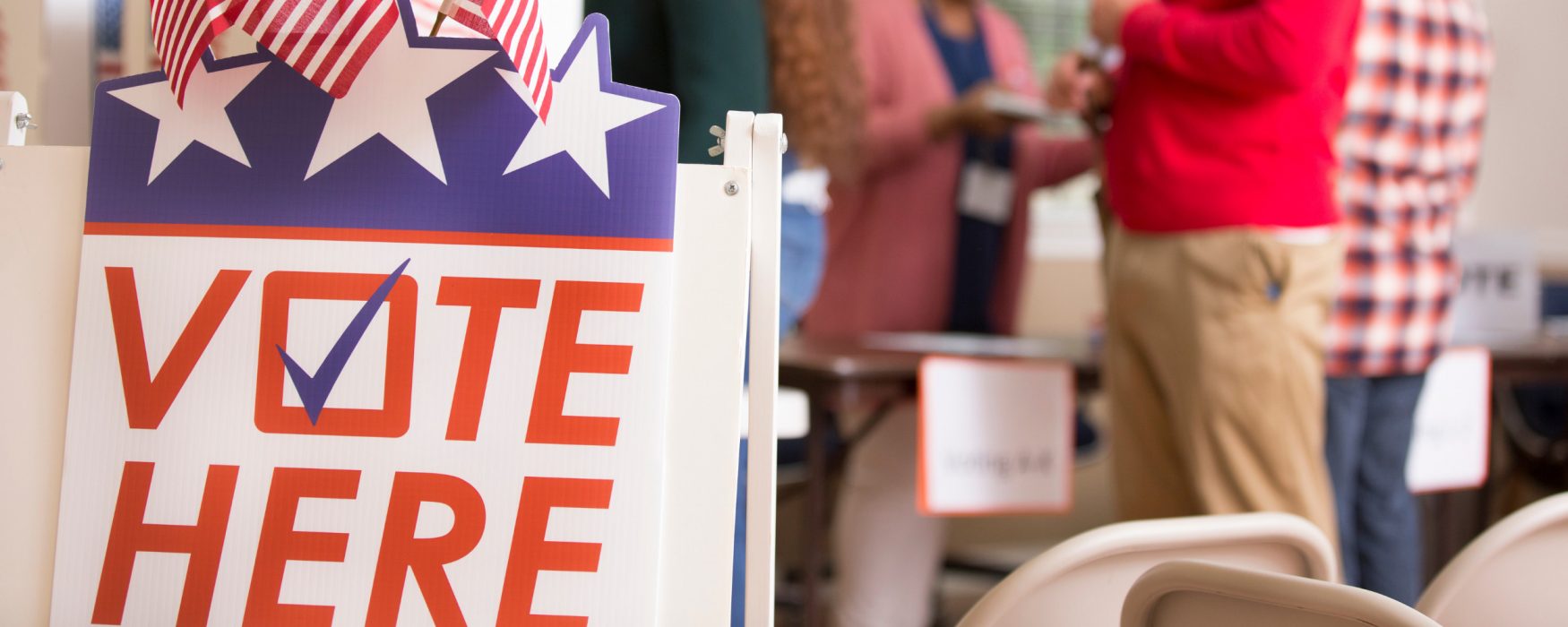
Article courtesy MIRS News, for SBAM’s Lansing Watchdog e-newsletter
The percentage of votes for third-party candidates in the Michigan gubernatorial election has slowly increased for the last seven cycles from 0% in 1994 to approximately 2.9% of votes, or 124,858, in 2018.
If the trend continues into 2022 and the race between major party candidates Gov. Gretchen Whitmer and Republican Tudor Dixon is close, votes for Libertarian Mary Buzuma, U.S. Taxpayers Party candidate Donna Brandenburg, Green Party candidate Kevin Hogan and Natural Law Party candidate Daryl Simpson could have an impact in the eventual winner.
The eventual percentage of votes received by all four third-party candidates isn’t expected to increase in 2022, said Dave Dulio, professor of political science and director of the Center for Civic Engagement at Oakland University.
Rather, he has referred to Michigan’s 2018 midterm election numbers as a return to “normal.” He said the 2014 and 2018 Michigan gubernatorial range, 2.2-2.9%, is a “good baseline for what to expect from potential third-party voters this time around.”
That number is a jump from the 1.2% of third-party voters in the 1990 gubernatorial election, with approximately 29,890 votes cast.
This is due in part to a decreased number of third-party candidates recorded by the Secretary of State from 1990 – 1998, which could be due to a lack of third-party candidates or a reporting issue, Dulio said.
In 1990, the only officially recognized third-party candidate for governor was William Roundtree with the Workers World party, who received 1.1% of the vote with 28,091 votes cast.
In 2018, there were also four official third-party candidates.
Libertarian nominee Bill Gelineau received the highest percentage with 56,606 votes for 1.3%, while Green Party candidate Jennifer Kurlandand U.S. Taxpayers Party nominee Todd Schleiger each received 0.7% of the vote, with 28,799 and 29,219 votes respectively.
Keith Butkovich, Natural Law Party candidate, earned 0.2% with 10,202 votes, with an additional 32 write-in votes.
But the upward trend continues when compared to 2014, another year boasting four third-party candidates.
Buzumaearned 1.1% of the vote with 35,723 votes, while the U.S. Taxpayers Party nominee Mark McFarlinreceived 0.6% with 19,368 votes. Paul Homeniuk of the Green Party earned 0.5% with 14,934 votes and Natural Law Party nominee Patrick Groulxreceived 17 votes.
After an additional 50 write-in votes, the total votes for third-party candidates in 2014 was 2.2%, or 70,088 votes.
In 2010, third-party candidates received 63,934 votes for 1.9% of the total, with Green Party, Libertarian and U.S. Taxpayers Party candidates on the ballot.
The 2006 gubernatorial election shrunk that number slightly for a total of 1.3% and 50,657 votes received for third-party candidates, also from the above-mentioned three parties.
Third-party candidates in 2002 received 1.19% of the vote with a total of 37,665 votes, but only Green Party and U.S. Taxpayers Party candidates numbers were recorded by the Secretary of State.
In 1998, no third-party candidates were recorded, and write-ins earned 525 and 0.1%, 399 of which were attributed to write-in candidate Terry P. Link.
Records from 1994 also found no third-party candidates and only 1,538 write-in votes.
The only time third-party voting was higher during this time was in 1992, when William Roundtree, Workers World Party nominee, received 1.1% of the vote with 28,091 ballots cast.
The trend does not hold up for presidential elections, however, which fluctuated greatly in the number of votes third-party candidates received.
The highest turnout for third-party voters during presidential elections was in 1996, when incumbent former President Bill Clintonwon his second term over Republican nominee Bob Dole.
Approximately 9.78% of Michigan voters, or 376,385, voted for a third-party or write-in candidate.
Ross Perot, the Reform Party candidate, received 8.75% of the vote with 336,670, blowing away other third-party candidates from the Green Party, Natural Law Party, Libertarian and Workers World Parties.
During the 2016 presidential election, 5.2% of voters, or 250,902, cast their ballots for a third-party candidate. The jump was five times that of the 1.1% recorded in 2012, which Dulio said was likely a reaction to voter disapproval of both candidates and an attempt to find an alternative.
Only four years later, in 2020, significantly fewer Michiganders voted third party, approximately 1.5% or 85,410.